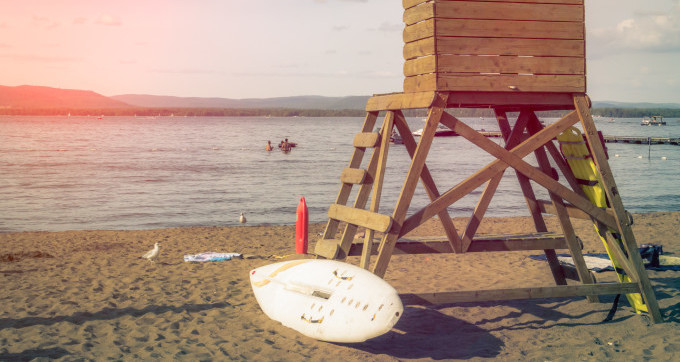Here in Texas, each day is slowly building toward the inevitable 100+ temperatures. School is quickly finishing, with only finals and field trips left to complete. Colleges have let out for the semester, and graduations already took place. Summertime is approaching!
We will soon enter the interval of swim lessons, trips abroad, mornings of craft projects, week long day camps, and meals that only consist of watermelon, that consumes the middle months of our year. It is an exciting time, a fun time. But what do these three months “off” mean for violin practice?
While growing up, I learned to associate violin practice with school work. My mom is a schoolteacher, and for a couple of years my daily practice with her was actually at the school before her work day started. This was a meaningful association, linking together my study in violin as part of my overarching education, but it often became a problem once summer rolled around. If I was on vacation from school, I should have been on vacation from violin. Right? (Or so I assumed.) On top of my mental distance from my violin during summer, I spent every June at a month long girls camp where the idea of practicing was far fetched (if not laughable). A month without physically touching my violin never got the summer of to a productive musical start.
Because the Suzuki method is built upon regular practice and an enriching musical environment, I believe we all must work towards fruitful practice sessions throughout this warm season.
So in order to make the transition these year easier (or possible), I have listed a couple of strategies to model your summer practice for success.
1. Make time with the violin a joy.
Time spent with the instrument doesn’t always have to be difficult, time consuming, and effortful. Take the opportunity in the next couple of months to explore how fun and enjoyable music making can be. Organize miniature concerts for the family, programming successful bows, bow games, duets, and favorite pieces. Allow students to spend an entire practice session just reviewing their very favorite pieces. Let students self pace and organize the flow of a practice. Look out for ways to involve the violin into an art project or a family campfire. Also, take the opportunity (especially if you are traveling!) to practice in new and exciting places. Plan a picnic at the park and bring along the violin for a short practice. Find out what it sounds like to practice at the Grand Canyon or in front of the Capitol!
2. Strive for consistency.
Amidst all of the summer camps, family road trips, and group trips to six-flags, attempt to make a couple of minutes of daily practice a constant. It often helps to attach violin practice with something you already do at the same time each day (eat dinner, brush teeth, take naps, get dressed, etc). Parents and students should also take the time to discuss goals and summer plans as partners, each writing down and committing to what they feel will be the expectation for each practice.
3. Make music a part of you summer.
Baseball games? Twelve-girl-trampoline-slumber-parties? Family reunion cook outs? How about throwing a music concert into the mix! Take the opportunity, while weekdays and weekends are one in the same, to experience local, live music. There are many organizations that provide family-friendly, free music events, especially during the summer! These don’t all have to be classically oriented, and the more fun students can have while in attendance, the better. Seeing a concert, the manifestation of what work as a young musician will eventually develop into, is important for hardworking students. Take the opportunity this summertime to enrich your musical environment. At the very least, set the iPod speakers next to the pool and blast Vivaldi’s Four Seasons: Summer.
Wishing all a happy start to this summer vacation!


[…] order to keep up consistent work with the violin, I would attempt this three-prong approach to mental practice for students of […]